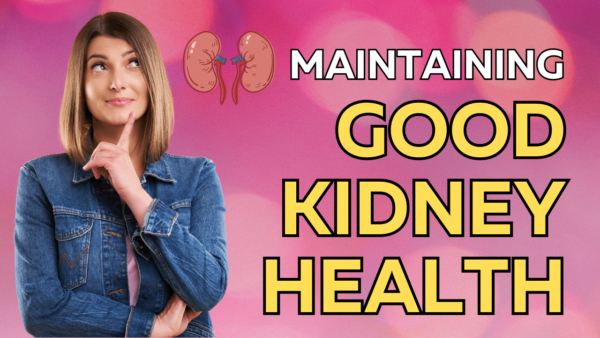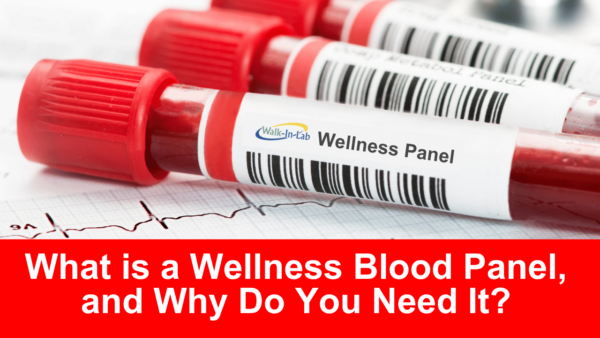Introduction
Venous skin ulcers are a common yet under-discussed medical condition that affects a large portion of the global population. We aim to provide a comprehensive, in-depth look at this condition, from causes and symptoms to treatment options and preventative measures.
What are Venous Skin Ulcers?
Venous skin ulcers are chronic wounds that usually form on the legs or ankles. They occur due to improper functioning of venous valves, leading to pooling of blood and consequent skin damage. Venous skin ulcers are a significant cause of morbidity and can severely impact the quality of life.
Symptoms of Venous Skin Ulcers
- Swollen ankles
- Darkening or discoloration of the skin
- Heavy, aching legs
- Formation of a shallow sore
Causes of Venous Skin Ulcers
Venous skin ulcers often occur due to venous insufficiency, where blood doesn’t flow back effectively from the legs to the heart. Other factors include:
- Advanced age
- Obesity
- Family history
- Deep vein thrombosis (DVT)
Diagnosing Venous Skin Ulcers
Diagnosis typically involves a thorough medical examination followed by imaging tests like ultrasounds or venograms.
mermaidCopy code
graph TD
A[Patient Presentation] –> B[Medical Examination]
B –> C[Ultrasound]
B –> D[Venogram]
C –> E[Diagnosis]
D –> E
Treatment Options
Compression Therapy
Compression bandages help improve blood flow, thereby facilitating the healing process.
Medications
Topical antibiotics, as well as oral medications, can be effective.
Surgical Procedures
Surgical options include skin grafts or procedures to improve blood flow.
Prevention Strategies
Regular Exercise
A consistent exercise regimen can improve overall blood circulation.
Proper Nutrition
Having a balanced diet rich in vitamins and minerals can aid skin health and circulation.
Leg Elevation
Elevating the legs can alleviate symptoms and prevent the formation of new ulcers.
Conclusion
Understanding venous skin ulcers is the first step toward effective treatment and prevention. Armed with this comprehensive guide, you’re now better equipped to take charge of your health.
For further medical advice, consult with healthcare professionals. This article is intended for informational purposes only.

